Our Post-Pandemic Democracy Needs Radical Bridge-builders
September 1, 2021
Through MAP, I saw public service at its best—legislators listening and working together to advance the common good; I also saw the underlying forces that not only make this work extremely rare, but are pulling the world’s greatest experiment in self-government apart.
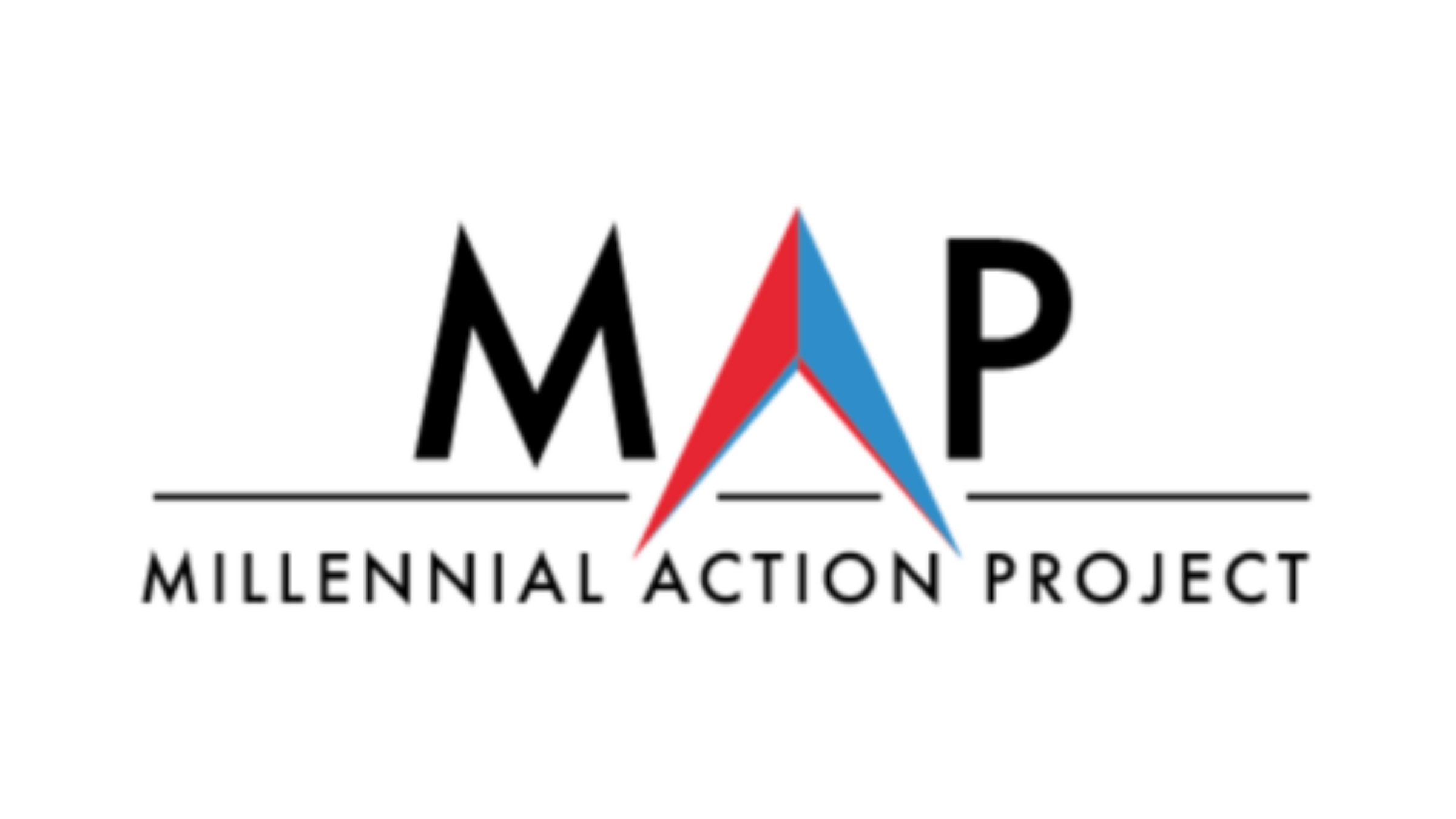
By: Steven Olikara, Senior Advisor – Millennial Action Project
“Are America’s divisions beyond repair? Is there hope for the future?”
These are roughly the two most common questions I was asked during my decade of service in the democracy field, serving as Founder and CEO of the Millennial Action Project (MAP). MAP is the nation’s largest organization of young lawmakers serving in Congress and state legislatures—Democrats, Republicans, and Independents—who forge authentic relationships, develop future-looking solutions, and build coalitions for real action. Our chapters at the state and federal levels have passed bipartisan legislation on issues ranging from clean energy and criminal justice reform, to workforce training and gerrymandering reform. Through MAP, I saw public service at its best—legislators listening and working together to advance the common good; I also saw the underlying forces that not only make this work extremely rare, but are pulling the world’s greatest experiment in self-government apart.
Growing rifts in America—between Democrats and Republicans, urban and rural, coastal and middle America, Black and White, and more—have created at least one shared sentiment: a disillusionment with our politics and a deep concern with the health of our democracy. A recent poll this summer found that 2 in 3 Americans believe democracy in the U.S. is “under threat.” In my home state of Wisconsin, a key bellwether for national elections, a whopping 84% of voters—clear majorities of Democrats, Independents, and Republicans—believe that government in Washington is broken.
As we emerge from the pandemic, I believe we have the opportunity to not only to reconnect with our neighbors and communities, but also to remake our democracy. We must create a different political business model that appeals to compassion and humanity, instead of feeding our worst fears and prejudices. And we already know what the latter leads to. After January 6th, every American saw that political violence is no longer an abstract concept or something that happens abroad. It is real. It is happening right in front of us. We will see more of it unless we dramatically change course.
A Higher Order of Politics
As I recently passed the torch of MAP leadership, I reflected on what I learned from developing and applying ideas for political bridge-building and change. On this journey, I have realized that America’s political culture needs a fundamentally different paradigm to heal our bitter divides, cure our political disillusionment, and achieve a 21st century pluralistic democracy.
Martin Luther King III summed up this different paradigm at Millennial Action Project’s national summit for young legislators last year. As moderator of a fireside chat with Mr. King, I asked him a question that had been on my mind for years: “How would your father respond to the polarization of this moment?” He responded, “My father would be calling people to a higher order.”
What does this ‘higher order’ look like? It is a vision for societal systems that provide dignity for the poor, dispossessed, and marginalized; a methodology of bringing people together through compassion, courage, and care for those with different ideologies and backgrounds. With this approach, Dr. King was both a radical change-agent and a political bridge-builder for civil rights, justice, and peace.
I believe the scale of the problems we face today, coupled with widespread disenchantment, call for transformative change with this higher order in mind. Our media narrative on politics, however, has largely forced us into a false choice of two political philosophies—neither represent the hope of our democracy.
One is old-fashioned bipartisanship, which splits the difference between two warring factions. When transactional deal-making finds the least common denominator, we run the risk of diluted solutions and morally questionable compromises. This approach lacks imagination, and it will not meet the moment for racial justice and other social movements driven by young people. Too often, those with the most access to government profit off these transactions. For example, the 1994 crime bill became highly profitable for the prison industry, while helping to make the U.S. the number one incarcerator of human beings on the planet.
At the same time, siloing ourselves and dehumanizing others through zero-sum partisanship only serves the goal of denying progress. This form of tribal politics, sweetened by an echo-chamber’s dopamine hit, may inject short-term votes, views, and likes. But in the long-term, it blinds our vision, contorts our compassion, and repels the coalitions necessary for success. Hyper-partisans raise money on contempt and profit from inaction—it is often more lucrative for them to keep a hot-button issue, such as immigration, on the ballot than to resolve it constructively.
In both methods of old-fashioned bipartisanship and zero-sum partisanship, we miss the opportunity to evolve diverse perspectives and find new, higher ground.
The Need for Radical Bridge-building
We need a different path—one with the ambition and urgency for systemic change, while drawing on the power and vision of political bridge-building. I call this approach radical bridge-building.
I learned the core elements of radical bridge-building while growing up in Wisconsin, immersed in the seemingly disparate discipline of music. As a jazz musician in Milwaukee, I quickly discovered that the artform values one skill beyond any other—listening. On my first day of jazz camp, my instructor said, “Put away your instruments. We’re going to learn how to listen.” At its core, jazz is a “call-and-response” artform, thriving on interaction among bandmates and with audiences. This creative, improvisational process opens our minds and hearts to hear an idea free of pre-judgement, reinvent it, and perform with our own original flair. The jazz process doesn’t slice up our identities or ideas into binary pieces. Jazz invites our full self and uniqueness to the music. Jazz is about evolution—it moves us to a new place. Jazz is democracy.
Now it’s up to the younger generation to lead with the jazz spirit—listening, reframing, and coalition building. In this new era—increasingly defined by Gen X, Gen Y, and Gen Z coming to political power—we are seeing young radical bridge-builders combat the injustice and polarization of our time.
This generational shift toward radical bridge-building prevailed last year in Mississippi. Efforts to replace the Confederate-based state flag had stalled for years—seen as a highly divisive issue. However, MAP’s chapter in the state, the bipartisan Mississippi Future Caucus, took up the issue in 2017, fostering open, honest, and non-judgemental conversations among young lawmakers. By 2020, the politics transformed. By building an inclusive, cross-partisan movement, young leaders in the state helped generate new support to take down the flag and adopt a new one. Democrats and Republicans cooperated in the State Capitol and passed this historic bill with wide bipartisan majorities—the Republican Governor signed it into law, and voters approved the new flag in November.
Through compassion, creativity, and the courage to reach outside of our tribe, radical bridge-builders believe fundamentally that people can summon, as Lincoln said, our ‘better angels.’ That offers new possibilities for change and conciliation. Instead of transactional dealmaking that finds the least common denominator, we seek transformative change that reaches new consensus. Instead of a dilution of ideas, radical bridge-building leads to an evolution of ideas.
The Heart and Vision of a Radical Bridge-Builder
John Lewis was a powerful example of the heart of a radical bridge-builder. Lewis refused to let hate fill his heart, even when confronted with injustice and bigotry. Through his sit-ins, Freedom Rides, and marches for justice—‘good trouble’ as he called it—he stood committed to nonviolence, even when bloodied by violence himself. John Lewis sought justice and reconciliation because he believed what Dr. King believed: that the true enemy is oppression, not the perpetrators of this evil. Through a philosophy centered on radical love, Lewis and King changed not just the law, but hearts and minds, too.
In 1968, Lewis served as a close aide to a leader who exemplified the vision of a radical bridge-builder, Senator Robert Kennedy. RFK’s inclusive approach built an unlikely bridge between minorities in poor, urban neighborhoods and rural and working class Whites—the latter would become central to Donald Trump’s coalition 50 years later. As an advocate for racial and economic justice, Senator Kennedy’s empathy moved him to reach beyond his party’s traditional coalition. That didn’t mean becoming a centrist. Rather, he authentically spoke to deeper values that cut across stark divides, such as individual initiative and respect for the law. He believed in hearing ideas from across the spectrum that could have a practical impact on poor and marginalized communities, whether that was in rural Mississippi or struggling neighborhoods in New York City. He also knew that building this diverse coalition of Americans would directly impact his ability to pass legislation and implement policies.
Too often, we see the goal of serving the marginalized and the method of reaching across lines of difference as two separate paths. This is mistaken. Why? Because bridge-building without a moral vision is like a rudderless ship unable to find the right direction. However, moral visions without coalition-building remain a theoretical exercise, devoid of real impact in the communities that most need help. The radical bridge-builder harmonizes both as part of one inclusive philosophy. What unifies these paths is a basic, human-level sense of empathy. Radical bridge-building expands our consciousness to truly see people left behind in our societies, while deepening our courage to build new allies, including those outside of our own tribe.
A decade before Kennedy’s ‘68 campaign, jazz was already forging the future of American society. Consider the unlikely, legendary union of jazz musicians Miles Davis and Bill Evans, who challenged and transcended the black-white divide of late-1950s America. Their collaboration, part of the Miles Davis sextet, yielded one of the most significant jazz records ever, Kind of Blue—a precursor to much of the popular music we hear today. While Davis and Evans each came to jazz with very different styles, backgrounds, and racial experiences, Davis and Evans earned each other’s respect. Both yearned for creative, honest, and free expression. For them, the open jazz process was a way of life, a way to articulate both struggle and aspiration. As a result, their disparate cultures and influences converged to create something greater than the sum of its parts.
Democracy is at its best as a jazz expression—a true call-and-response political system. The ingredients of radical bridge-building—empathy, courage, and a just vision for change—are essential to this expression of democracy, and to the very idea of diverse democracies thriving for future generations. Radical bridge-building is the methodology we need to move the needle on racial justice and to unite America. We cannot achieve one without the other.
–Steven Olikara is a political entrepreneur based in Milwaukee, WI. He is the founder and former CEO of the Millennial Action Project, and host of the Meeting in Middle America podcast.
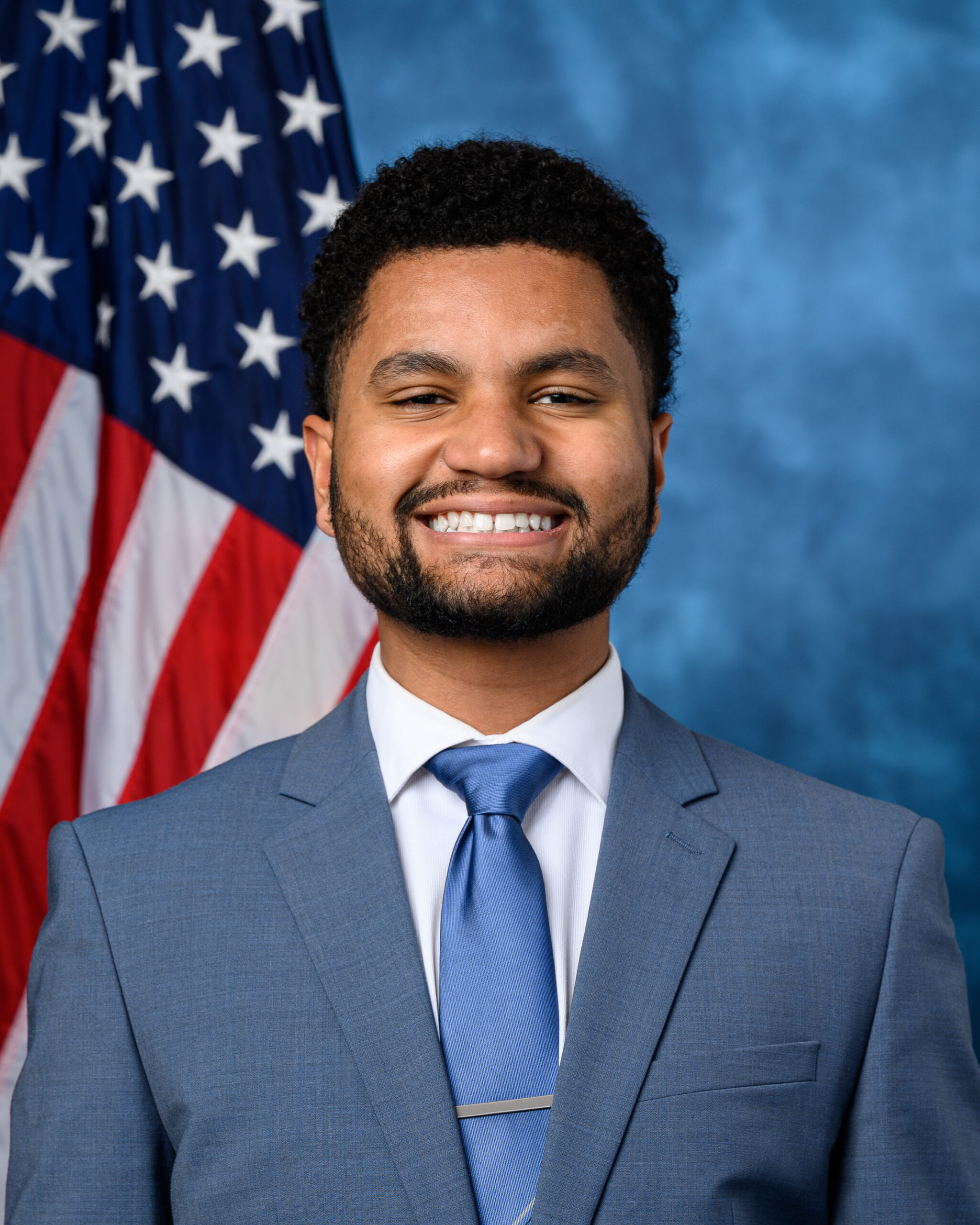
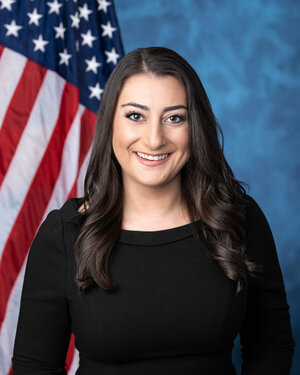

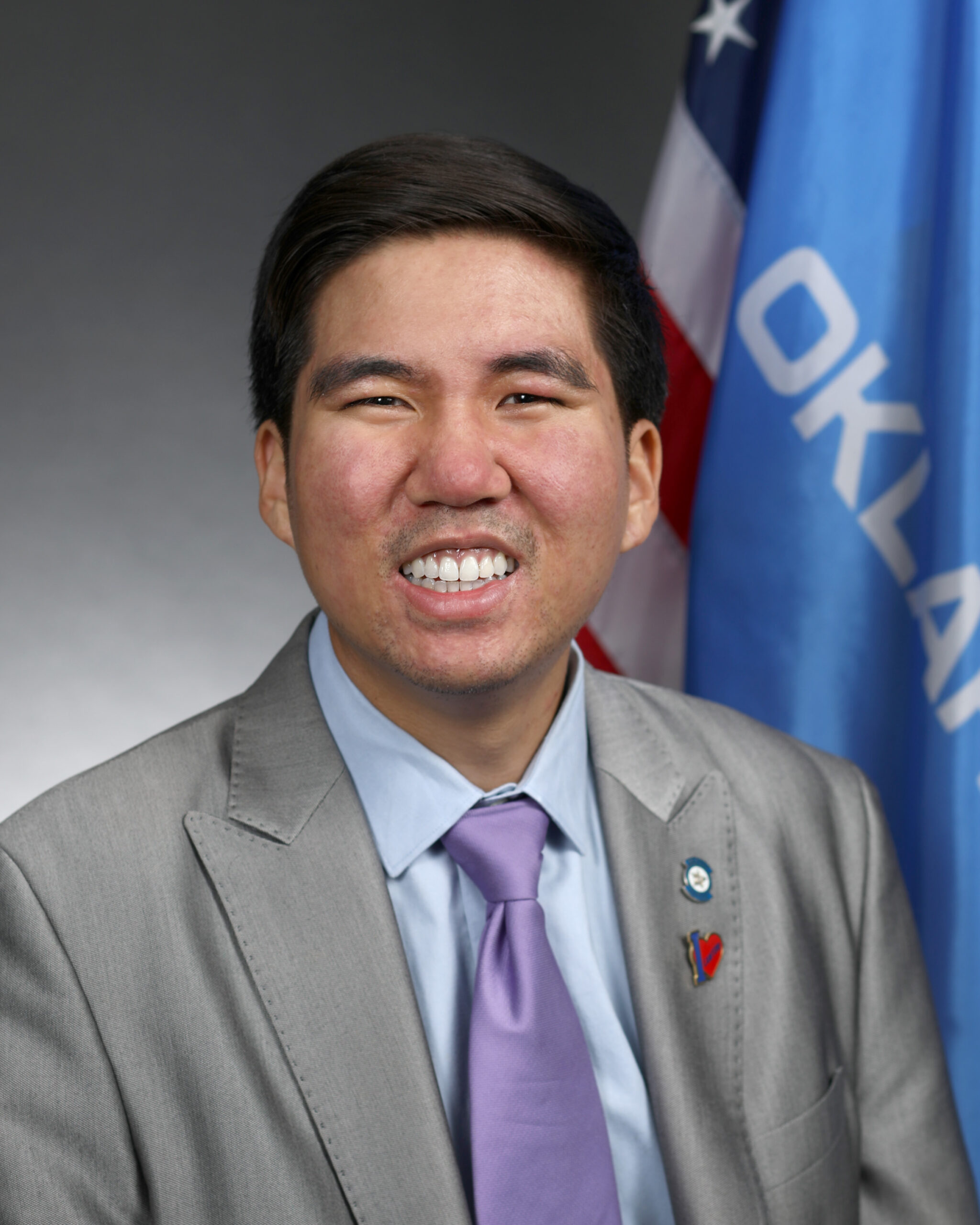
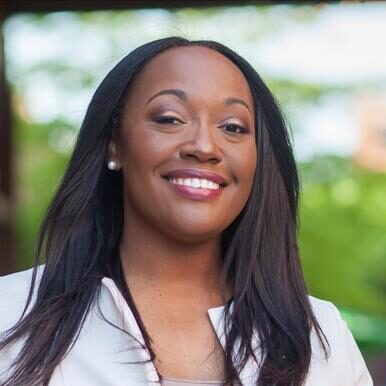
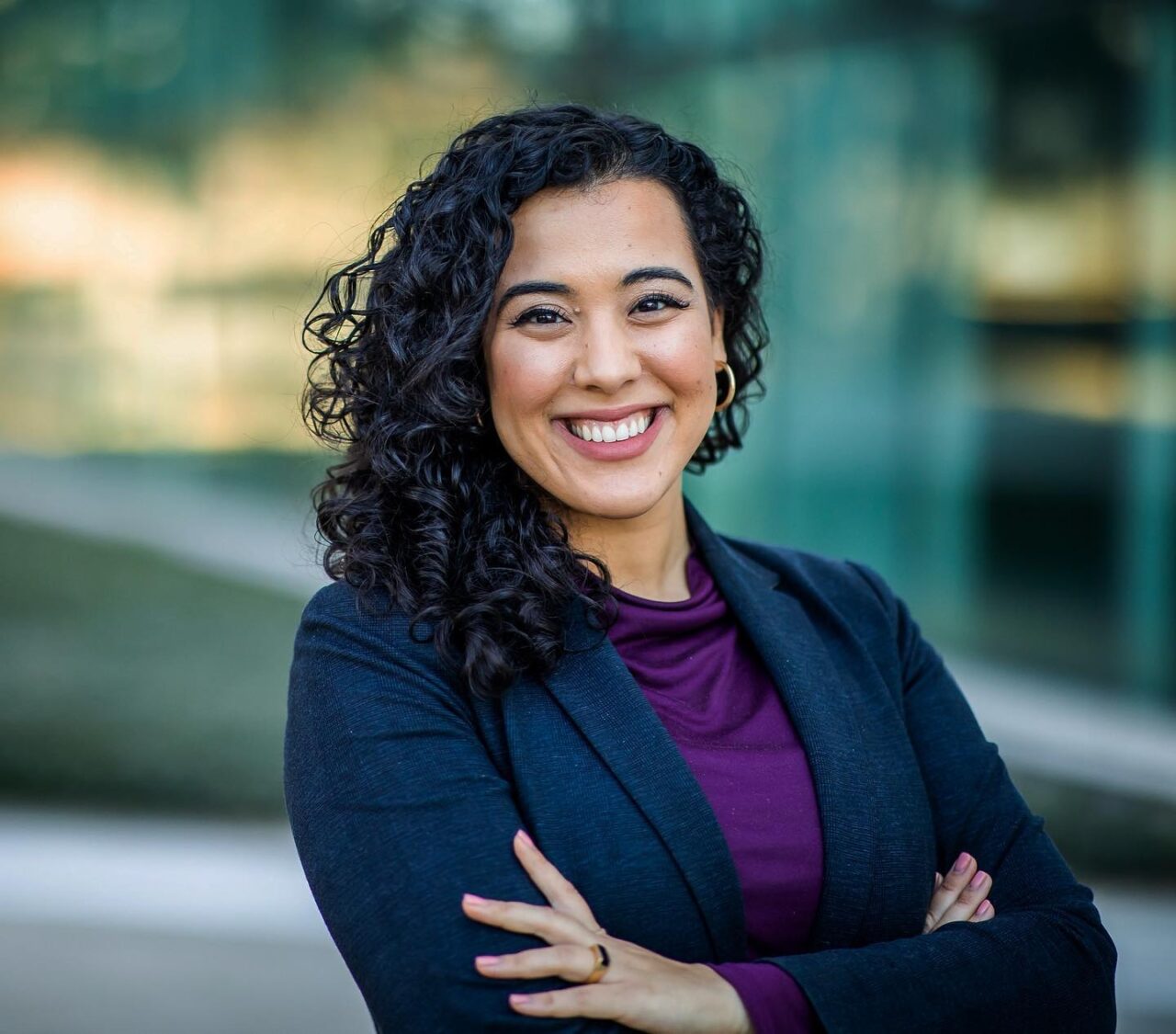
Join 1,900+ BIPARTISAN LEADERS NATIONWIDE
Be a part of a network of lawmakers committed to governing effectively, passing more representative public policy, and increasing public trust in democracy.